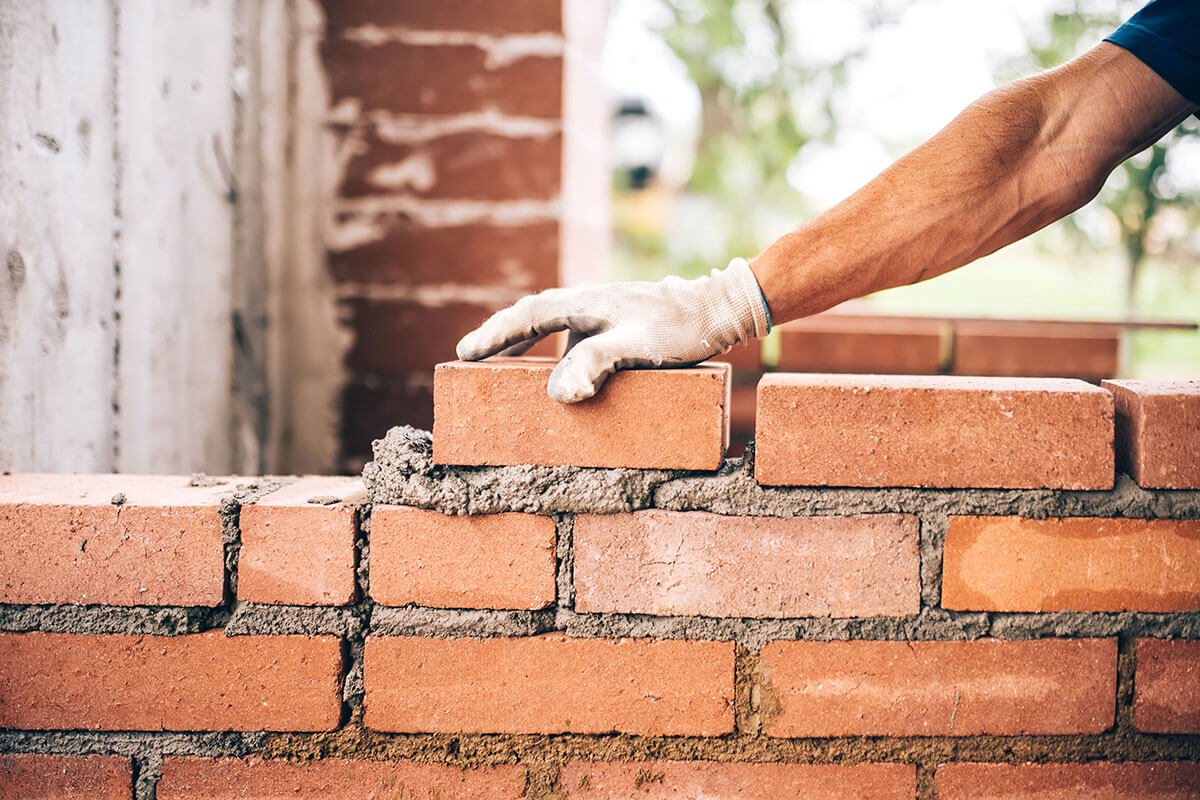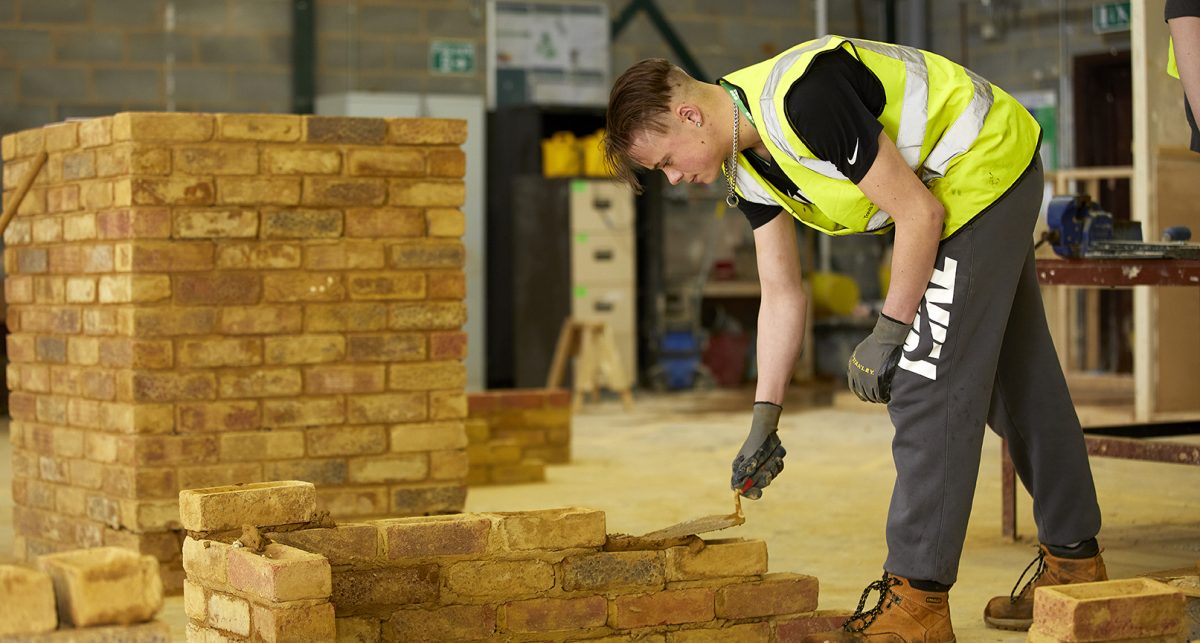Facts About Bricklayer Auckland Uncovered
Wiki Article
See This Report about Bricklayer Auckland
Table of ContentsThe smart Trick of Bricklayer Auckland That Nobody is DiscussingBricklayer Auckland Things To Know Before You Get ThisThe Definitive Guide to Bricklayer AucklandNot known Factual Statements About Bricklayer Auckland
The difference in between ZERO and also traditional stonework is in the laying of the block. The block is no much longer pressed up and down, yet tilted.In enhancement, we additionally paid focus to a great percentage in between the length and size of the brick so that it is best for functioning with a stretcher bond. Bricklayers are a crucial occupation in the building industry, liable for laying blocks, pre-cut stone and also concrete blocks in mortar. Bricklayers construct, expand as well as repair residential and also industrial structures, as well as various other frameworks such as structures, walls, chimneys or decorative stonework.
Your time as a bricklaying apprentice will normally be split in between your company and training carrier (such as a college), with at the very least 20% of your normal functioning hours invested in training. Your training may happen each week, each month or in a separate block of time, as well as it can take location at your workplace, at your training service provider or online.
Little Known Questions About Bricklayer Auckland.
When looking into building, you usually discover that any type of brand-new or innovative concept has really been attempted over and over once again, frequently extending back years. Among these new-but-actually-old ideas is the concept of a mechanical bricklayer, an equipment to automate the construction of stonework walls. It's simple to see the allure of this idea - masonry building and construction appears almost perfectly fit for mechanization.It doesn't look like it would require physically complex movements - each block obtains a layer of mortar used, and also is simply laid in area alongside the previous one. And since each physical joint is the very same size, placement is nearly deterministic - each block is the very same set range from the previous one.
These equipments could not sense anything about their environment, or measure where a block needed to go - they just extruded a layer of mortar as well as mechanically placed a block at normal intervals (Bricklayer Auckland). It's unclear just how numerous of these devices ever before made it beyond the drawing board, yet a minimum of one of these (John Knight's) was used to build a block wall surface that presumably still stands today.
For many years, masonry has actually decreased in significance as a building and construction technology in the established globe, and also with it the passion in automating it. Unlike with concrete 3D printing, where there are dozens of attempts to create the technology, I can just discover a handful of existing efforts to automate masonry. Bricklayer Auckland.
Bricklayer Auckland - Truths
It's capable of placing blocks in tight corridors or intricate edges, as well as Hadrian can build all the walls of a small structure with simply a couple of actions of the vehicle. Hadrian can presently set around 200 obstructs a hr, however they're aiming to be able to do 1000 obstructs an hour or more (the blocks it establishes are various from the block masonry utilized in the US, but in United States masons can establish somewhere in the community of 400 blocks a day).
SAM has a collection of sensing units to make up for original site the movement of the platform and ensure it's placing bricks degree, as well as can function with blocks of all various dimensions (though it will not construct CMU block wall surfaces). It obtains placed to a movable scaffolding that's increased slowly as the wall surface is finished.
The marketing material on Building Robotics' web site suggests that it's no longer their main focus - even more emphasis is offered to their other product, MULE.Other than SAM and Hadrian, there are a couple of other mechanical bricklayers in various phases of advancement. Craftsmac, a business out of India, just lately revealed a robotic mason made use of for constructing CMU wall surfaces - it appears rather similar to SAM, a wheeled framework with a robotic arm, conveyor, as well as mortar mixer mounted to it.

Bricklayer Auckland for Dummies
A somewhat various category of devices intended at boosting masonry efficiency is what I'll call "masonry assistants". These are makers created to help with literally lifting the block (they seem to be much more common with block than brick) and taking the pressure off the mason, while still allowing the mason to manipulate it into position, Masonry assistants day from a minimum of 1994, when the armed forces try out MOM, the Mechatronically Assisted Mason's Help.
Report this wiki page